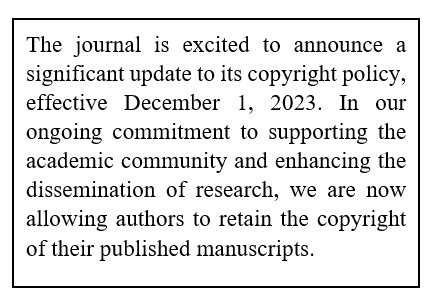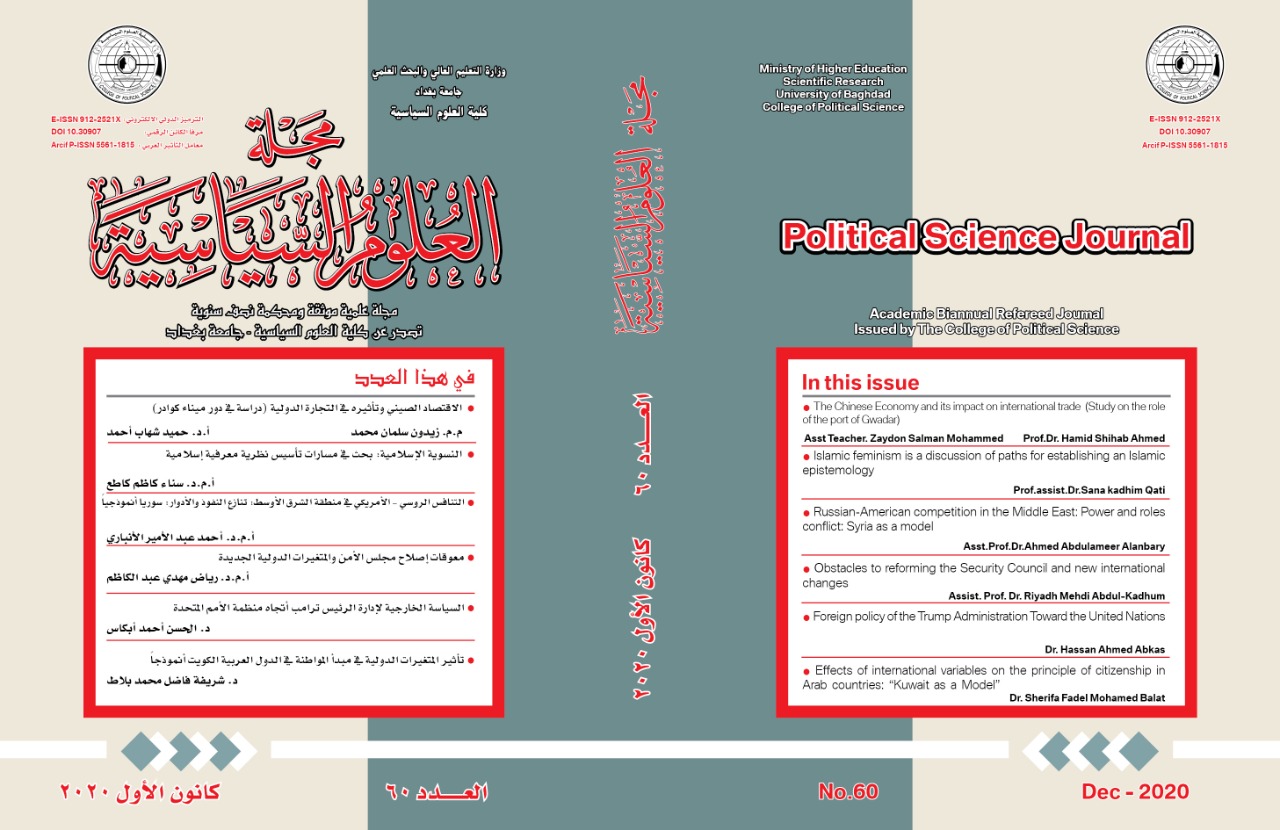Soft power employment strategy in foreign affairs (Eygpt after Mubarak Regime : An Analytical study)
DOI:
https://doi.org/10.30907/jj.v0i56.135Abstract
(January 25, 2011) represented a real opportunity to bring about fundamental changes in Egyptian foreign policy and to start a new phase that would cut off all the negative and problematic aspects of Egyptian politics in the period before the revolution. Through the employment of Egypt's huge balance and the role of historical is a civilization rooted in the roots of thousands of years and Islamic reference represented over more than a thousand years the Islamic medium of religion in the start of vision and tools to achieve the Egyptian national interest, and safeguarding Egyptian national security in its comprehensive sense. The research attempts to answer a central question: Is there a role for Egyptian soft power in the Islamic world in general and in the Mediterranean region in particular? In the answer to the above question, the research will provide a basic hypothesis: "Egyptian soft power has a role and influence in the Islamic world in general and in the Middle East in particular, but the effectiveness of this role and influence varied according to the different tools and times, and the reflection on the ground." The research is based on several approaches to achieve the desired results. The analytical approach to the contents of the Egyptian discourse will be relied upon, which helped to gain insight into the nature of Egyptian foreign policy and its position on the use of soft power. And adopted a comparative approach to demonstrate Egypt's use of solid power and its use of soft power in the Middle East region. Keywords: employment strategy, soft power, January 25 events in Egypt, techno-information revolution, diplomacy, Egyptian foreign policy.






 ©️ 2023 The Author(s). Published by College of Political Science, University of Baghdad. This is an Open Access article distributed under the terms of the
©️ 2023 The Author(s). Published by College of Political Science, University of Baghdad. This is an Open Access article distributed under the terms of the 












